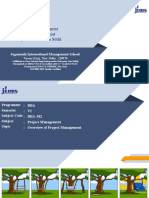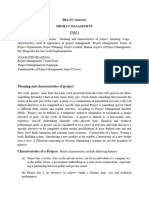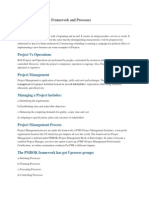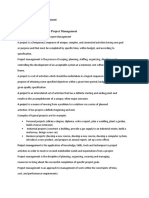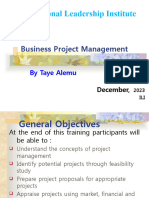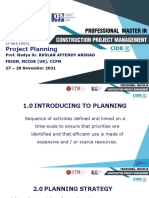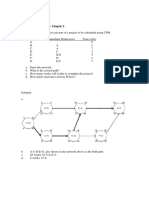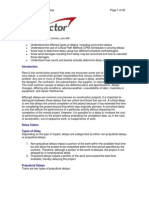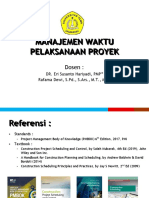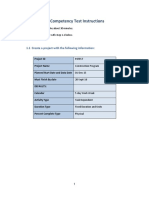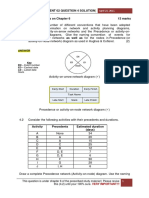0% found this document useful (0 votes)
467 views12 pagesProject Concept
The document discusses different models for project management organization. It describes the direct investor model where the investor manages the project themselves or establishes a management board. It also covers the project management model where specialized project management committees or consultants are hired to manage the project on behalf of the investor.
Uploaded by
Minh TrinhhuyCopyright
© © All Rights Reserved
We take content rights seriously. If you suspect this is your content, claim it here.
Available Formats
Download as DOCX, PDF, TXT or read online on Scribd
0% found this document useful (0 votes)
467 views12 pagesProject Concept
The document discusses different models for project management organization. It describes the direct investor model where the investor manages the project themselves or establishes a management board. It also covers the project management model where specialized project management committees or consultants are hired to manage the project on behalf of the investor.
Uploaded by
Minh TrinhhuyCopyright
© © All Rights Reserved
We take content rights seriously. If you suspect this is your content, claim it here.
Available Formats
Download as DOCX, PDF, TXT or read online on Scribd
/ 12



